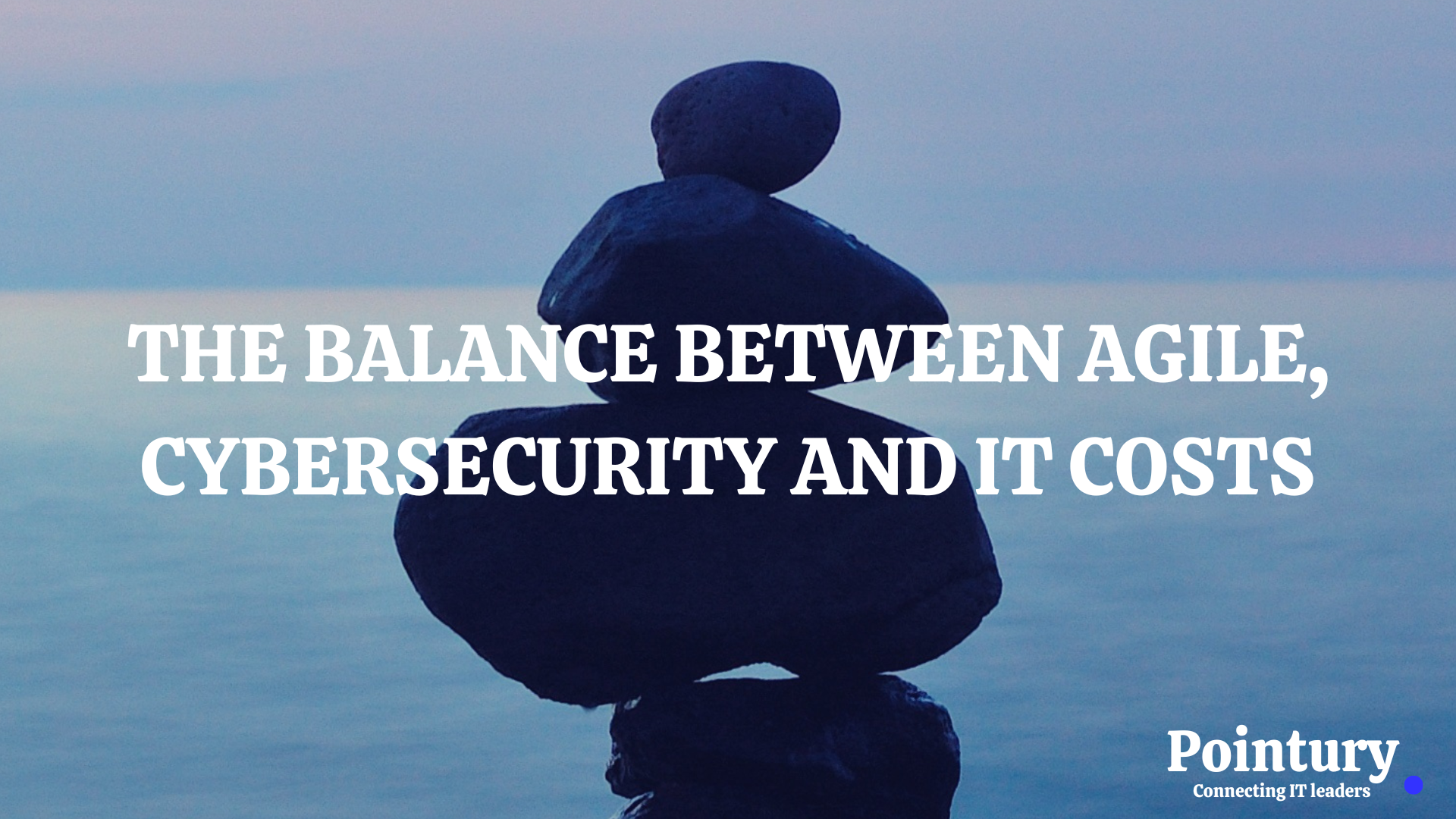CENTERING THE CUSTOMER EXPERIENCE

Centering the Customer Experience:
A Blueprint for Business Success
In today's highly competitive business landscape, success hinges on more than just offering a great product or service. It requires a strategic shift towards centering the customer experience. Customers are no longer passive participants; they are the driving force behind your business. To thrive in this customer-centric era, companies must prioritize the customer experience at every touchpoint. In this article, we will explore the importance of centering the customer experience and provide a blueprint for businesses to follow in order to achieve this goal.
The Evolution of Customer-Centricity
Customer-centricity isn't a new concept, but it has evolved significantly over the years. In the past, businesses were primarily product-focused, with little emphasis on customer satisfaction beyond the sale. However, with the advent of the digital age and the rise of social media, customers have gained a powerful voice. Their opinions, whether positive or negative, can quickly reach a global audience. As a result, businesses have had to adapt and become more customer-centric to stay competitive.
The Importance of Centering the Customer Experience
-
Competitive Advantage: In a world where products and services can be easily replicated, customer experience becomes a key differentiator. Companies that provide exceptional experiences are more likely to retain customers and attract new ones. A study by PwC found that 73% of consumers consider a good experience to be a key factor in their purchasing decisions.
-
Customer Loyalty: Centering the customer experience fosters loyalty. When customers feel valued and appreciated, they are more likely to become repeat buyers and brand advocates. Loyal customers not only generate repeat business but also refer friends and family, helping to expand your customer base.
-
Improved Brand Reputation: A positive customer experience can lead to a strong brand reputation. Happy customers are more likely to leave positive reviews, engage with your brand on social media, and defend your company against criticism. This positive buzz can enhance your brand's image and credibility.
-
Increased Revenue: Satisfied customers are willing to spend more. According to a report by Temkin Group, customers who have a positive emotional experience with a company are six times more likely to buy from that company again and are 12 times more likely to recommend it to others.
The Blueprint for Centering the Customer Experience
-
Understand Your Customers: The first step in centering the customer experience is understanding your target audience. Conduct thorough market research, collect customer feedback, and create buyer personas to gain insights into their needs, preferences, and pain points.
-
Map the Customer Journey: Once you understand your customers, map out their journey – from initial awareness to post-purchase interactions. Identify key touchpoints and opportunities to enhance the customer experience at each stage.
-
Empower Your Team: Train and empower your employees to prioritize customer satisfaction. Make sure every member of your team understands the importance of the customer experience and is equipped to deliver it.
-
Implement Technology: Leverage technology to streamline customer interactions and gather data for personalization. CRM systems, chatbots, and data analytics tools can help you deliver tailored experiences.
-
Act on Customer Feedback: Continuously collect and act on customer feedback. Use surveys, reviews, and social media listening to identify areas for improvement and make necessary changes.
-
Personalize and Tailor: Offer personalized recommendations, promotions, and content based on customer behavior and preferences. This level of customization can significantly enhance the customer experience.
-
Anticipate Needs: Go beyond customer expectations by anticipating their needs. Proactively address issues and provide solutions before customers even realize they have a problem.
-
Monitor and Measure: Establish key performance indicators (KPIs) to track the success of your customer experience initiatives. Regularly assess your progress and make adjustments as needed.
Conclusion
Centering the customer experience is not just a trend; it's a business imperative in today's competitive marketplace. Companies that prioritize customer satisfaction will not only survive but thrive. By understanding your customers, mapping their journey, empowering your team, leveraging technology, and continuously improving, you can create a customer-centric culture that drives success and growth for your business. Remember, it's not just about selling products or services; it's about delivering memorable and meaningful experiences that keep customers coming back for more.


